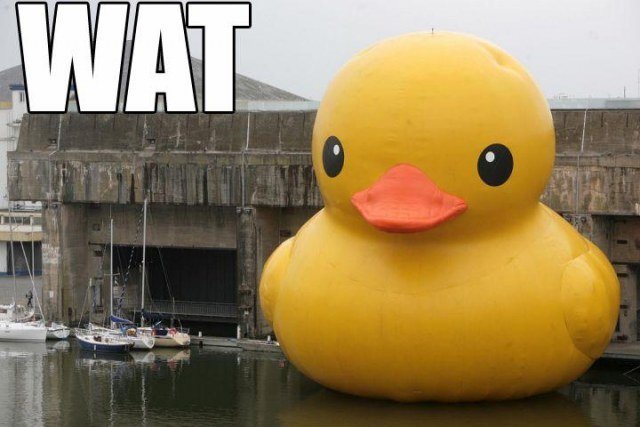The Long Run
Christopher Makler
Stanford University Department of Economics
Econ 50 : Lecture 18
pollev.com/chrismakler

What kind of problem is the condition
\(MRTS = {w \over r}\) used in?
Part I: The Firm in the Long Run
Part II: Long-Run Competitive Equilibrium
- When do firms choose to leave or enter an industry?
- What is the effect of entry and exit on the industry?
- How does the firm cost minimize if it can freely adjust both labor and capital?
- How are its long-run cost curves different than its short-run cost curves?
- How is a competitive firm's long-run supply curve different than its short-run supply curve?
Cost Minimization
Cost Minimization Subject to a Utility Constraint
Cost Minimization Subject to an Output Constraint
Hicksian Demand
Conditional Demand
Cost Minimization: Lagrange Method
First Order Conditions
MRTS (slope of isoquant) is equal to the price ratio
Tangency condition: \(MRTS = w/r\)
Constraint: \(q = f(L,K)\)
Conditional demands for labor and capital:
Long Run (can vary both labor and capital)
Short Run with Capital Fixed at \(\overline K \)
Relationship between
Short-Run and Long-Run Costs
What conclusions can we draw from this?
Long Run Supply
In the long run, the firm can adjust its inputs more freely.
This additional flexibility makes its supply curve more elastic.
LONG RUN
SHORT RUN
Supply Elasticities
LONG RUN
SHORT RUN
LONG RUN
SHORT RUN
What is the output elasticity of conditional labor demand in the short run and long run?
Intuitively, why this difference?
In the long run, the firm uses
both labor and capital to increase output;
in the short run, it only increases labor.
LONG RUN
SHORT RUN
What is the price elasticity of supply
in the long run and short run?
Intuitively, why this difference?
In the long run, the firm can adjust its capital to keep its costs down; so its marginal cost rises less steeply, and its supply curve is flatter.
Supply Elasticities
LONG RUN
Work with a partner:
How would the firm respond to a
6% increase in the wage rate in the long run?

pollev.com/chrismakler
How would the firm respond to a
6% increase in the wage rate in the long run?
A 6% increase in w decreases q by 3%.
and decreases by 6% (due to the -3% change in q),
for a total decrease of 9%.
K increases by 3% (due to the +6% change in w)
L decreases by 3% (due to the +6% change in w)
and decreases by 6% (due to the -3% change in q),
for a total decrease of 3%.
How would the firm respond to a
6% increase in the wage rate in the long run?
A 6% increase in w decreases q by 3%.
and decreases by 6% (due to the -3% change in q),
for a total decrease of 9%.
L decreases by 3% (due to the +6% change in w)
Note: we can calculate the LR profit-maximizing demand for labor:
What did we just show?
- If there is a direct causality \(X \rightarrow Y\), elasticity measures how Y responds to X.
- If there is a chain of causality \(X \rightarrow Y \rightarrow Z\), the elasticity composes just like a function does (like the chain rule for elasticity)
Long-Run Competitive Equilibrium
The "Zero Profit Condition"
Profits in industry 1 when profit maximizing
Profits in industry 2 when profit maximizing
A firm in industry 1 should remain in industry 1 as long as
"Positive economic profit"
SR fixed costs
LR fixed costs
The Effect of Entry and Exit
Industry Short Run:
Number of Firms is Fixed
Industry Long Run:
Firms will enter an industry with positive economic profits; firms will leave an industry with negative economic profits.
In long-run competitive equilibrium, firms in all industries make nonnegative economic profit.
Definition: Minimum Efficient Scale
A firm's minimum efficient scale (MES) is the quantity at which average cost is the lowest.
If MC is increasing, this coincides with the quantity at which MC = AC.
Increasing, Decreasing, and Constant Cost Industries
Market Supply Curve:
Quantity supplied by firms at every possible price
Industry "Supply Curve":
Locus of (quantity, price) combinations that could arise in long-run competitive equilibrium, given different demand conditions.

Market Supply and Demand
Typical Firm's Cost Curves
MC
y
$ perunit
P
Q
S
1. demand
increases
D'
D
AC
What is the effect of an increase in demand if costs are unaffected by the number of firms?
S'
3. firms
enter
\(S_{LR}\)
Market Supply and Demand
Typical Firm's Cost Curves
MC
y
$ perunit
P
Q
S
demand
increases
D'
D
AC
What is the effect of an increase in demand if costs decrease as firms enter?
S'
firms enter,
costs decrease
\(S_{LR}\)
MC'
AC'
firms enter,
costs decrease
How to Solve for Long-Run Equilibrium
- Find marginal cost function, \(MC(q) = c'(q)\).
- Set \(p = MC(q)\) and solve for the individual firm supply function, \(q^*(p)\).
- Multiply \(q^*(p)\) by the number of firms \(N_F\) to get the market supply curve \(S(p, N_F)\).
- Set \(D(p) = S(p,N_F)\) and solve for \(p\) to find the equilibrium market price as a function of \(N_F\)
Part I: Solve for the short-run equilibrium price as a function of the number of firms.
Part II: Find the long-run equilibrium price and solve for the equilibrium number of firms.
- Find the average cost function, \(AC(q) = c(q)/q\).
- Set \(AC(q) = MC(q)\) and solve for the minimum efficient scale (MES).
- The LR price is the MC and AC at the MES; plug this into step 4 above and solve for \(N_F\)!
What happens to inputs as more firms enter an industry?
Industry too small to affect price of inputs
Inputs get cheaper/faster/better
Inputs are scarce, command higher prices
Story
Industry Type
Industry Supply Curve
"Constant Cost Industry"
Horizontal
"Decreasing Cost Industry"
Downward Sloping
"Increasing Cost Industry"
Upward Sloping
Most important takeaways
Firms optimize by setting MR = MC
Entry and exit forces AR = AC
Constant cost industry = one price in the long run
pollev.com/chrismakler

What does the equals sign in the condition
\(AR = AC\) represent?